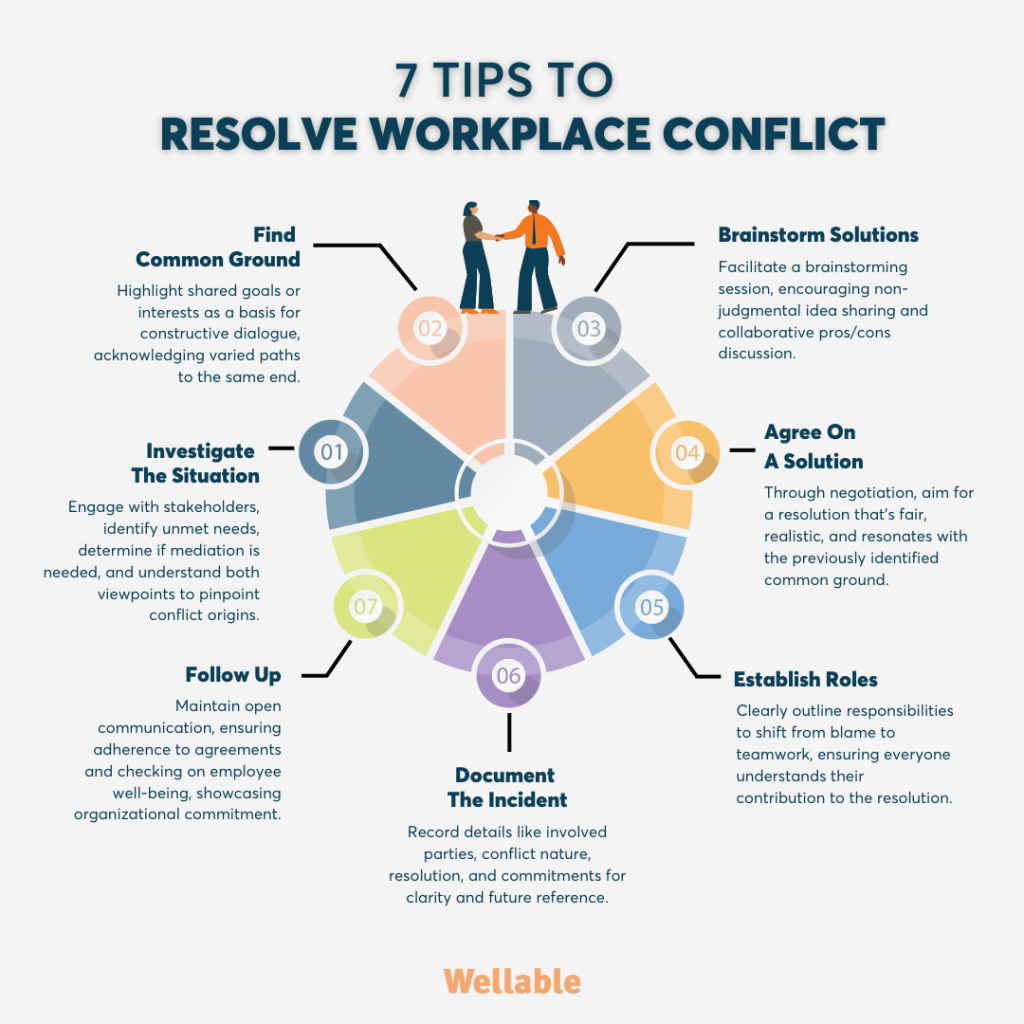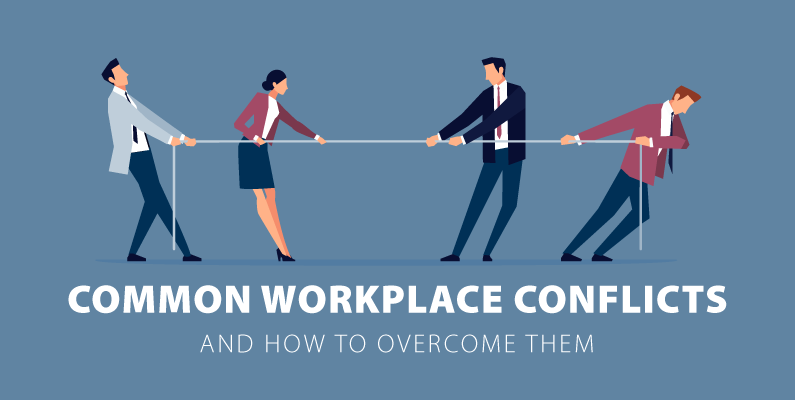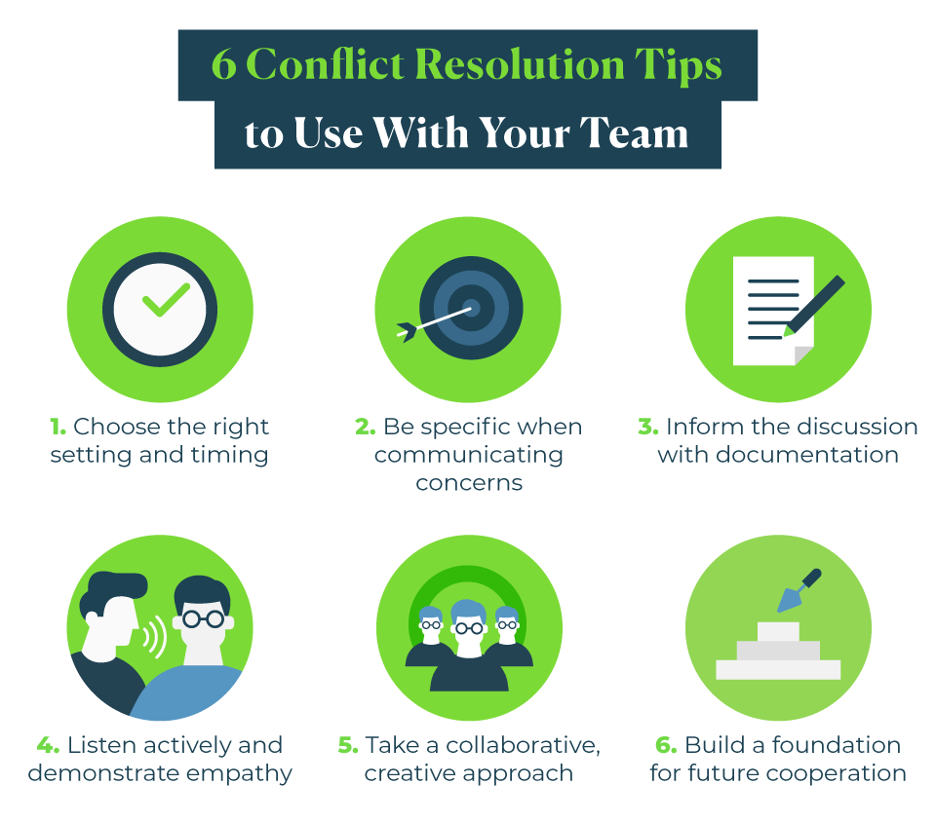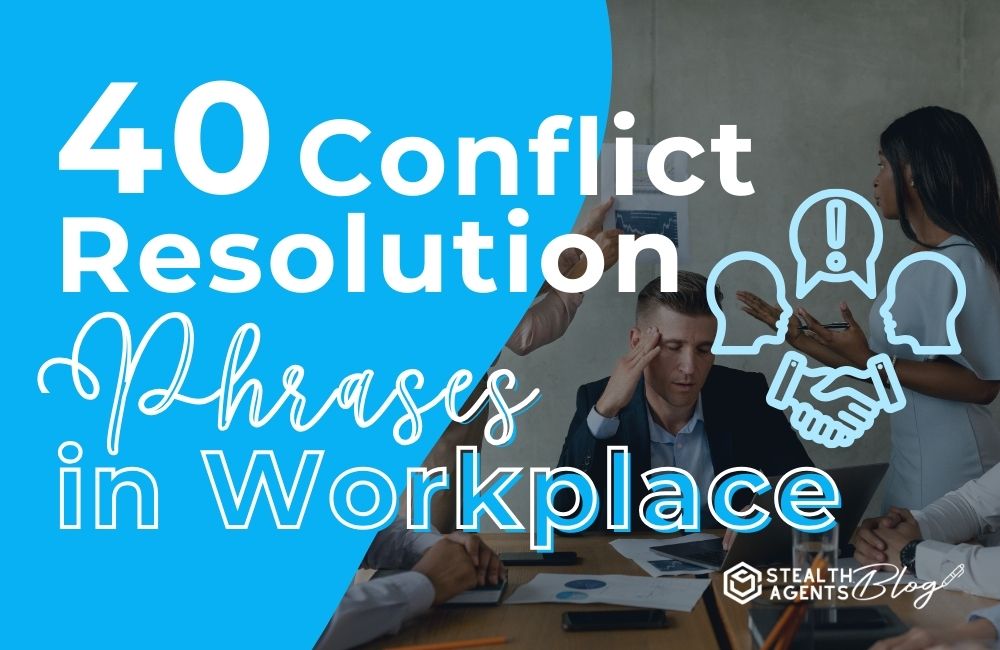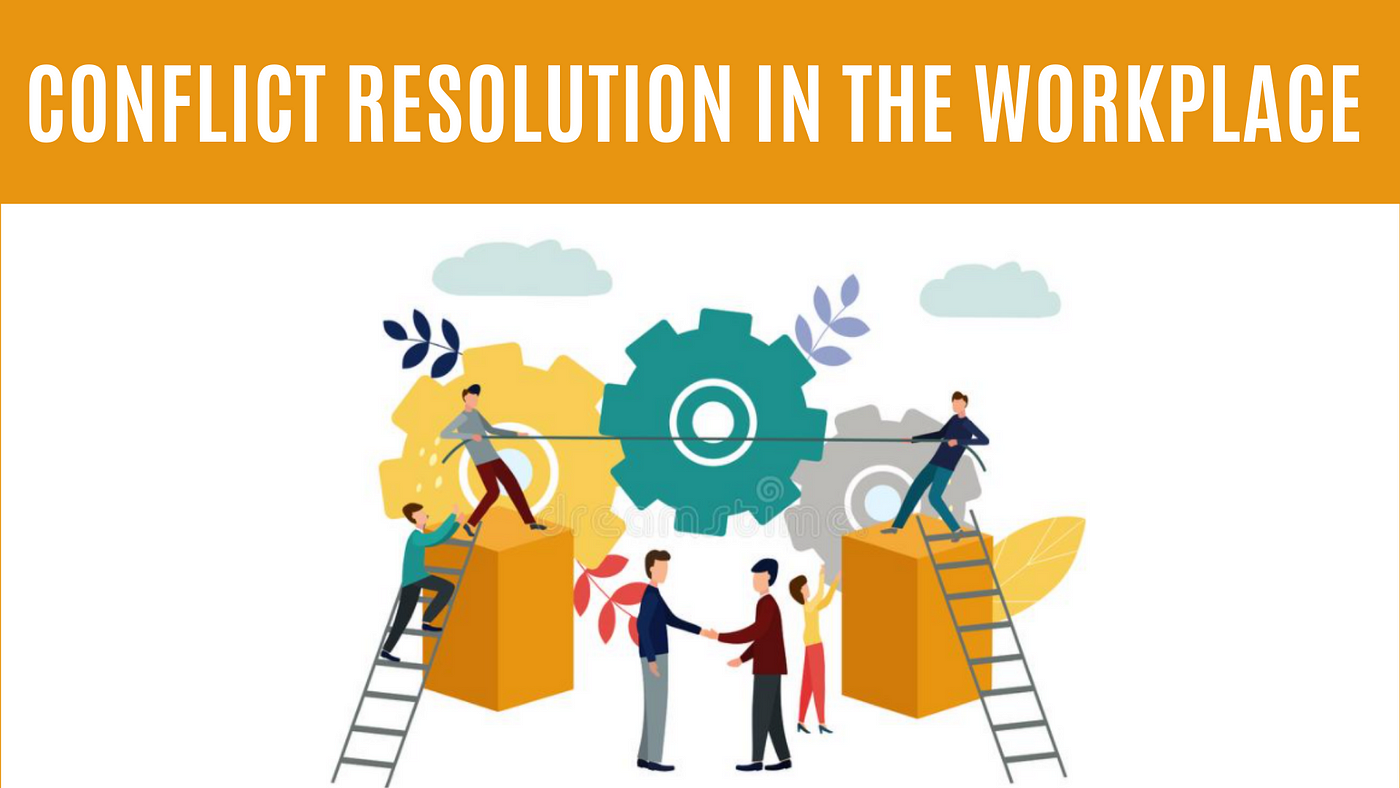How Do You Resolve A Conflict At Work
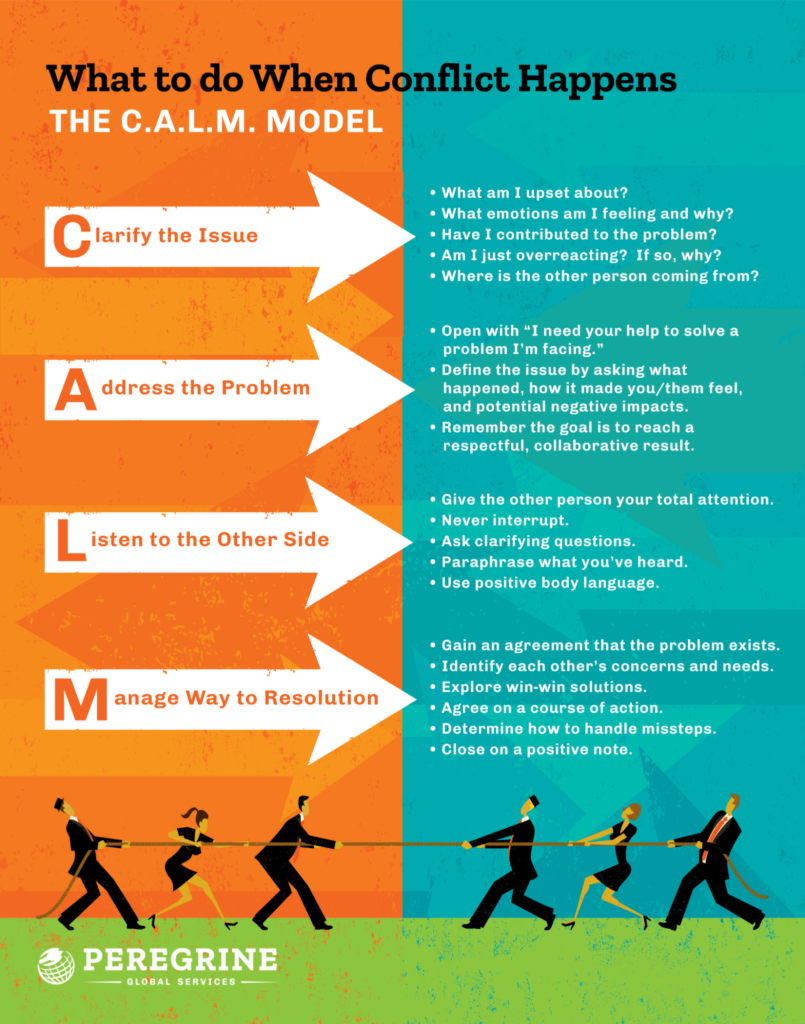
Workplace tensions escalating? Unresolved conflicts are a silent productivity killer. This article provides actionable strategies to de-escalate disagreements and foster a more harmonious work environment, directly impacting your team’s performance and your own career.
Understanding the Conflict Landscape
Workplace conflict is inevitable, arising from differences in opinions, goals, or working styles. The Academy of Management Journal reports that employees spend approximately 2.8 hours per week dealing with conflict. This translates to a significant loss in productivity and potential revenue for companies.
Early Intervention is Key
Addressing conflict early prevents escalation. Waiting only allows resentment to build, damaging relationships and hindering collaboration. Ignoring minor disputes can transform them into major crises.
The 'How-To' Guide to Conflict Resolution
Active Listening: Truly hear the other person's perspective.
Pay attention not only to the words spoken, but also to body language and tone. Showing genuine empathy builds trust and encourages open communication, a crucial first step.
Identifying the Root Cause: Dig deeper than the surface-level disagreement.
Ask clarifying questions to pinpoint the underlying issue. Is it a difference in priorities, a miscommunication, or a clash of personalities? Understanding the root cause guides you towards a targeted solution.
Facilitating Open Communication: Create a safe space for dialogue.
Choose a neutral location where both parties feel comfortable expressing themselves without interruption. A mediator, like an HR representative or a trusted colleague, can help guide the conversation and ensure fairness.
Focusing on Solutions, Not Blame: Shift the focus from fault-finding to resolution.
Instead of dwelling on past grievances, brainstorm possible solutions that address the needs of both parties. Frame the discussion around collaborative problem-solving, rather than assigning blame.
Finding Common Ground: Identify shared goals or values.
Highlighting common interests can bridge divides and create a foundation for compromise. Even in heated disputes, there's often some common ground to be found, fostering a sense of shared purpose.
Documenting Agreements: Ensure clarity and accountability.
Once a resolution is reached, document the agreed-upon actions and timelines in writing. This ensures that everyone is on the same page and accountable for fulfilling their commitments, preventing future misunderstandings.
The Role of Leadership
Leaders play a critical role in shaping the workplace culture and managing conflict. Effective leadership fosters an environment of open communication and mutual respect.
Leaders should actively model conflict resolution skills and provide employees with the training and resources they need to address disagreements constructively. This proactive approach builds a more resilient and productive team.
Dealing with Difficult Personalities
Some conflicts involve individuals with challenging personalities. It's important to approach these situations with patience and understanding.
Set clear boundaries, document interactions, and seek guidance from HR if necessary. Don't hesitate to involve HR when the conflict escalates or involves policy violations, as their expertise and impartiality can be invaluable.
The Cost of Unresolved Conflict
The CPP Global Human Capital Report estimates that U.S. companies lose $359 billion annually due to workplace conflict. This staggering figure underscores the urgent need for effective conflict resolution strategies.
Beyond financial losses, unresolved conflict can lead to decreased morale, increased absenteeism, and even employee turnover. Investing in conflict resolution training and resources is a smart business decision.
Next Steps: Taking Action Now
Implement conflict resolution training programs for all employees. Foster a culture of open communication and feedback.
Establish clear processes for addressing grievances and ensure that employees know their rights and responsibilities. By prioritizing conflict resolution, you can create a more positive and productive work environment for everyone.
